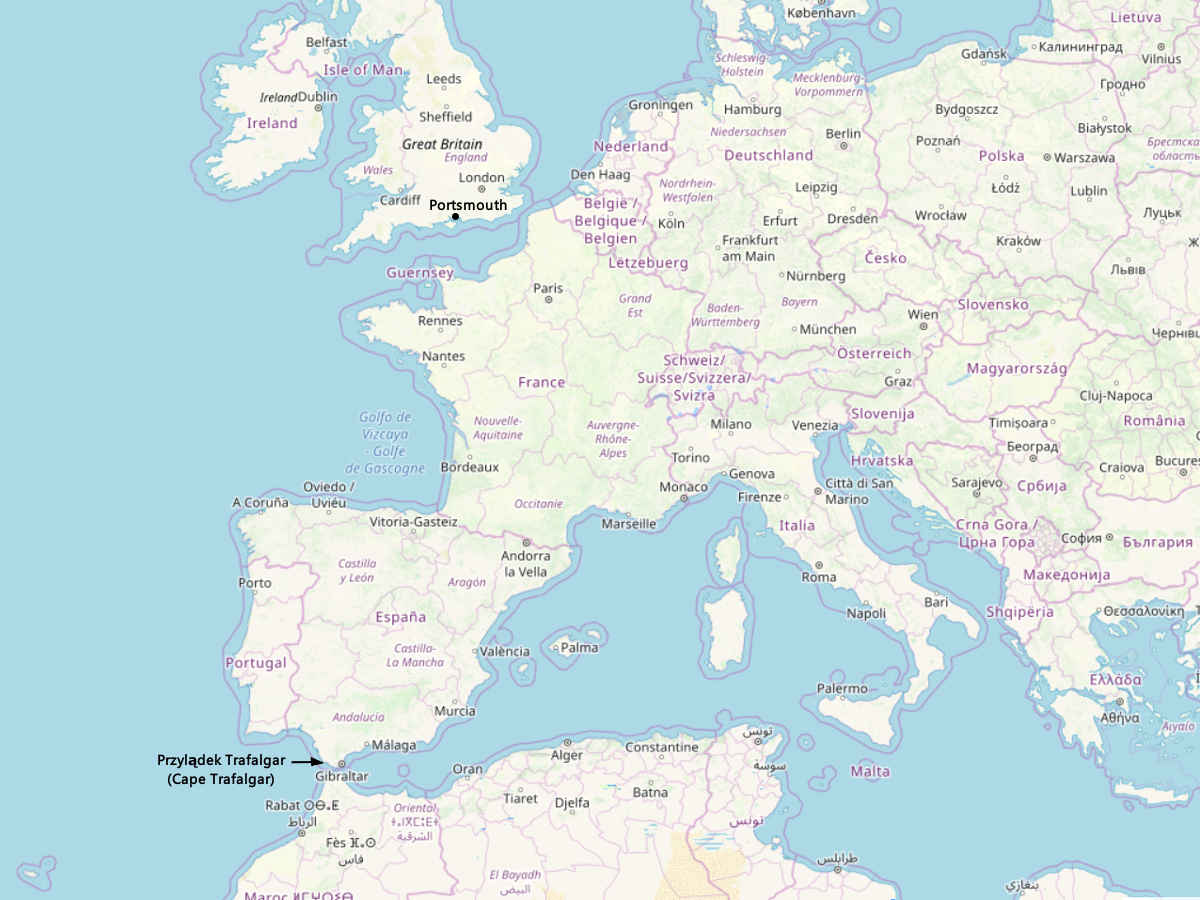Plastic model of the HMS Victory sailing ship
Photos represent a plastic model of the British HMS Victory three-deck ship of the line. Vice Admiral Nelson just died on board this ship in the Battle of Trafalgar. The model was exhibited at the 12th International Festival of Plastic Reduction Models Bytom 2015 in Poland.
The name "ship of the line" come from the tactics used during battles when ships were accumulated in a flotilla. Then they fought in a linear formation, flowing one after the other.
The construction of the sailing ship started in 1759 and lasted for 6 years. The hull was made mainly of oak wood. After completion of construction, the ship was transferred to the reserve at once. She had been standing without masts at the mouth of the Medway River for 13 years. In 1880, the hull was covered with a copper plate below the waterline.
The history of the ship was interspersed with periods of active service and being in reserve. During the time of being in reserve, she served, inter alia, as a floating hospital. The ship ended last period of active service on November 7, 1812. After that, she was used as a floating warehouse in the port.
It was not until 1922 that the sailing ship was towed to a dry dock in Portsmouth, where she was restored. The ship has been standing there until today and serves as a museum. Officially, she is still in service as the flagship of the Royal Navy.
HMS Victory became famous after the battle fought near Cape Trafalgar. This combat is called the great last sailing ships battle. On October 21, 1805, the English defeated the combined fleets of the French and the Spanish. HMS Victory was then the flagship of Vice Admiral Horatio Nelson. During the battle, Nelson's ship was shot at, among others, by the Spanish Santisima Trinidad sailing ship.
Some technical data:
- Total length (with bowsprit): 84⅕ m (277 ft),
- Length without bowsprit: 69 m (226⅖ ft),
- Number of masts: 3,
- The height of the highest mast: 67.05 m (220 ft, height of about 18-story building),
- Width: 15.8 m (51⅘ ft),
- Draft: 6.55 m (21½ ft),
- Displacement: 3,500 t (UK-3,445 tons),
- Sails area: 5440 m² (58,556 ft²),
- Max speed: 8-10 kn (14-18 km/h),
- Crew: 821 (during the Battle of Trafalgar),
- Number of guns on board at the Battle of Trafalgar: 104.
Sources:
- https://pl.wikipedia.org/wiki/HMS_Victory
- http://www.zaglowce.ow.pl/historyczne/victory/
- http://historykon.pl/21-pazdziernika-1805r-miala-miejsce-bitwa-pod-trafalgarem/
- https://pl.wikipedia.org/wiki/Horatio_Nelson
- http://www.hms-victory.com/
05 Mar 2016, update: 19 Dec 2018
Modeller: no data
Photographer: Ender
These photos are available under the Creative Commons Attribution-ShareAlike 4.0 International license. This means that you can use them for free for any purpose, even for commercial purposes, as long as you indicate the author of the photos and the link to the source, i.e. the website address from which they were taken. You must also provide the license name and a link to its terms and conditions.


















